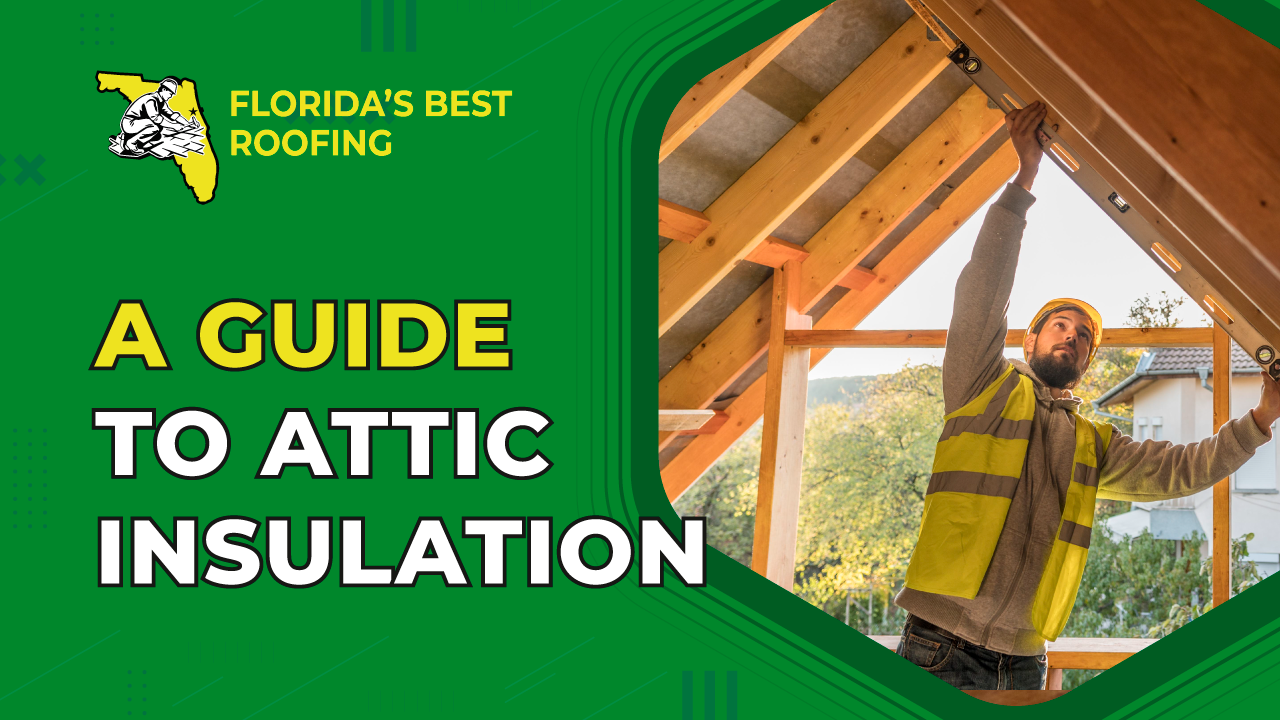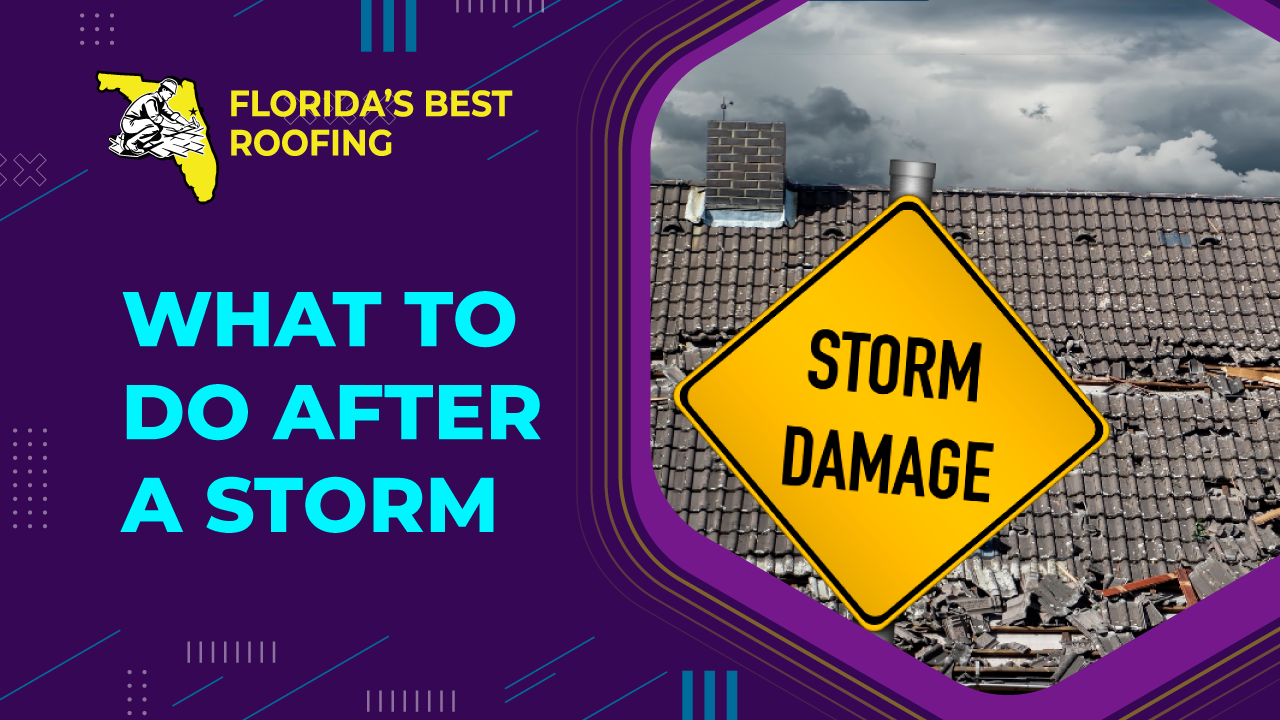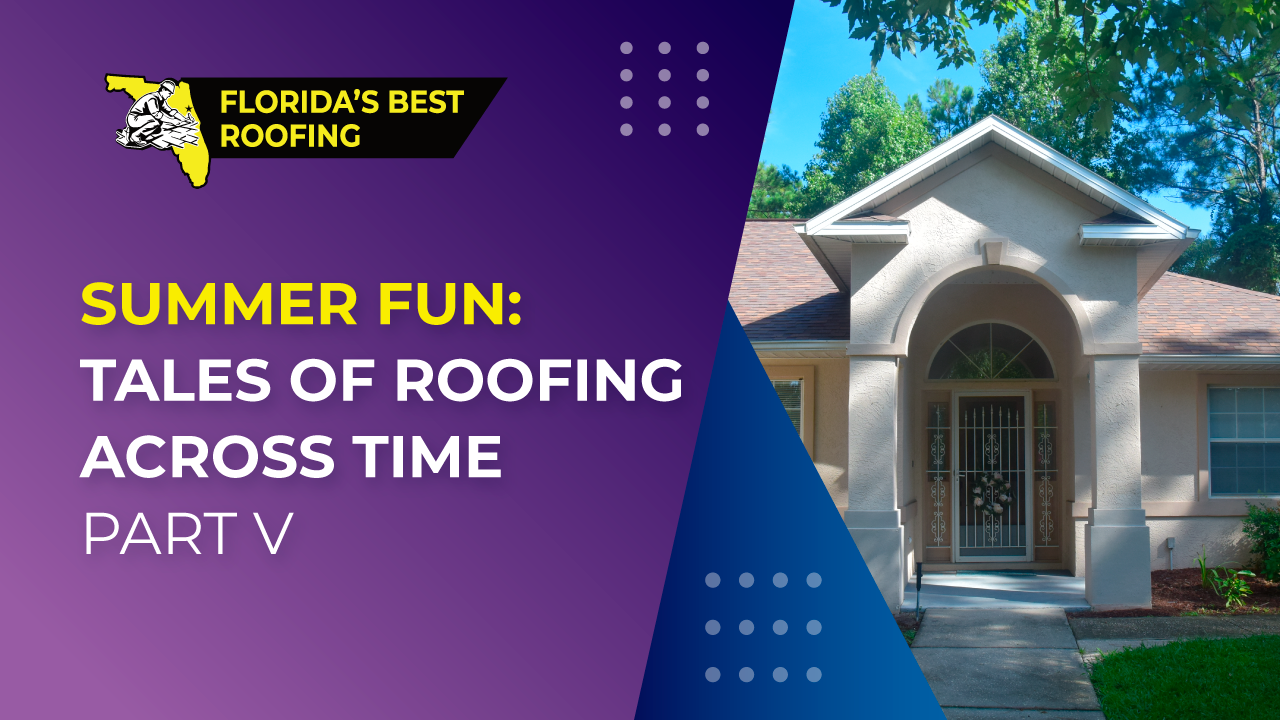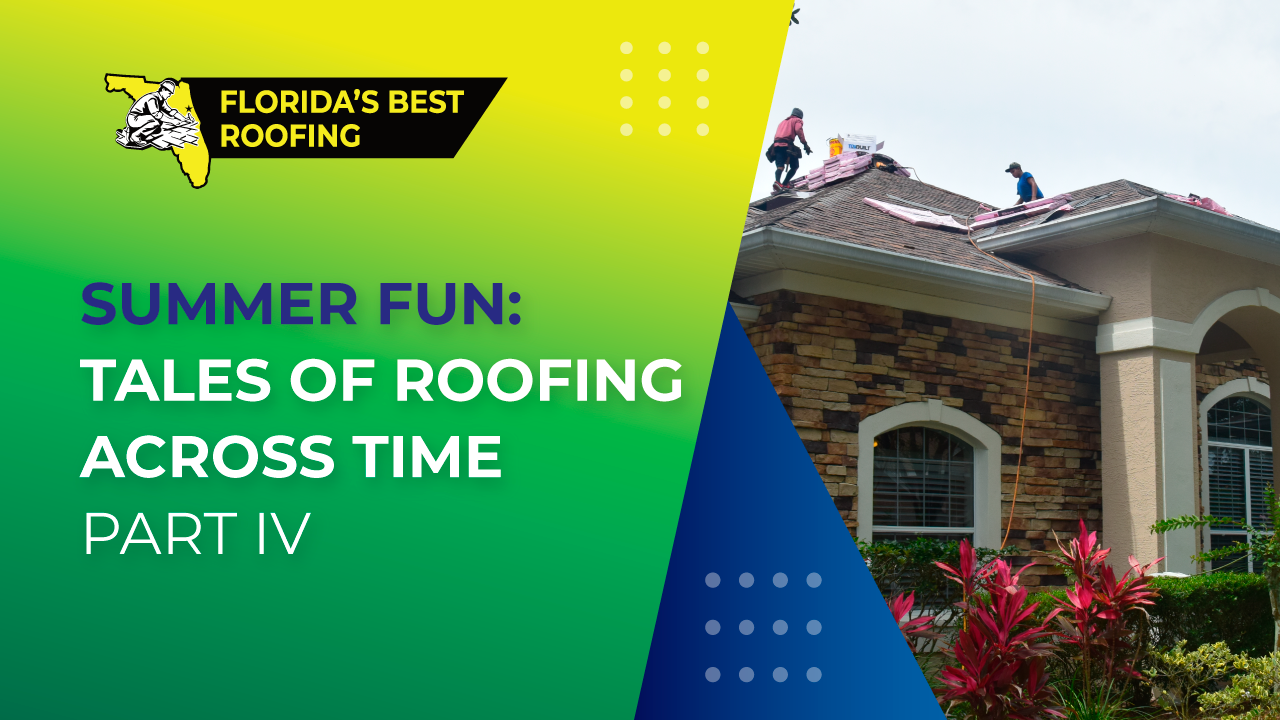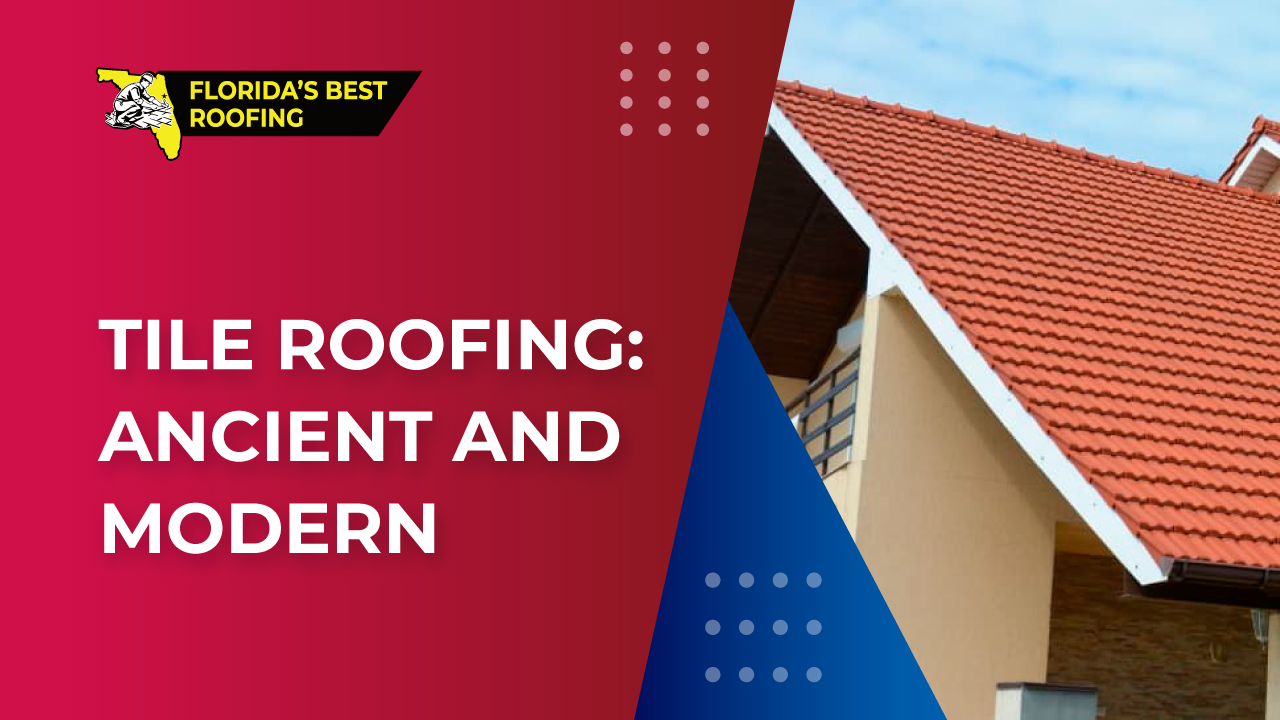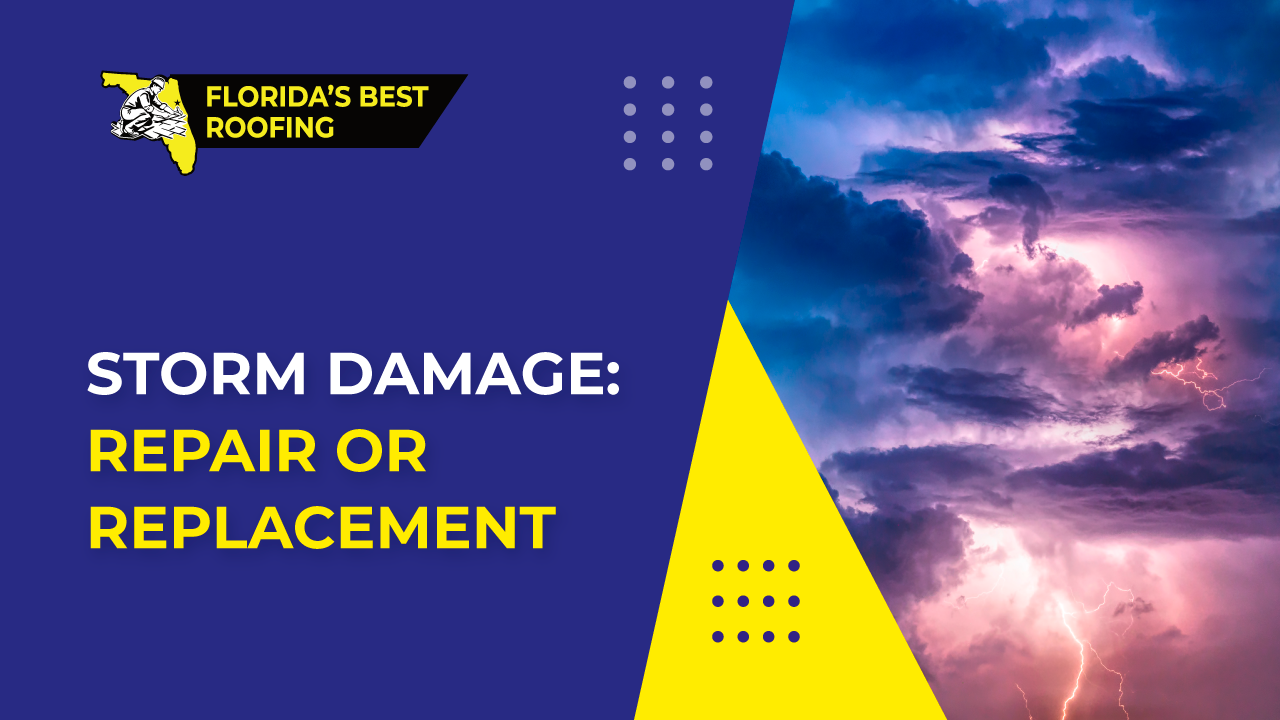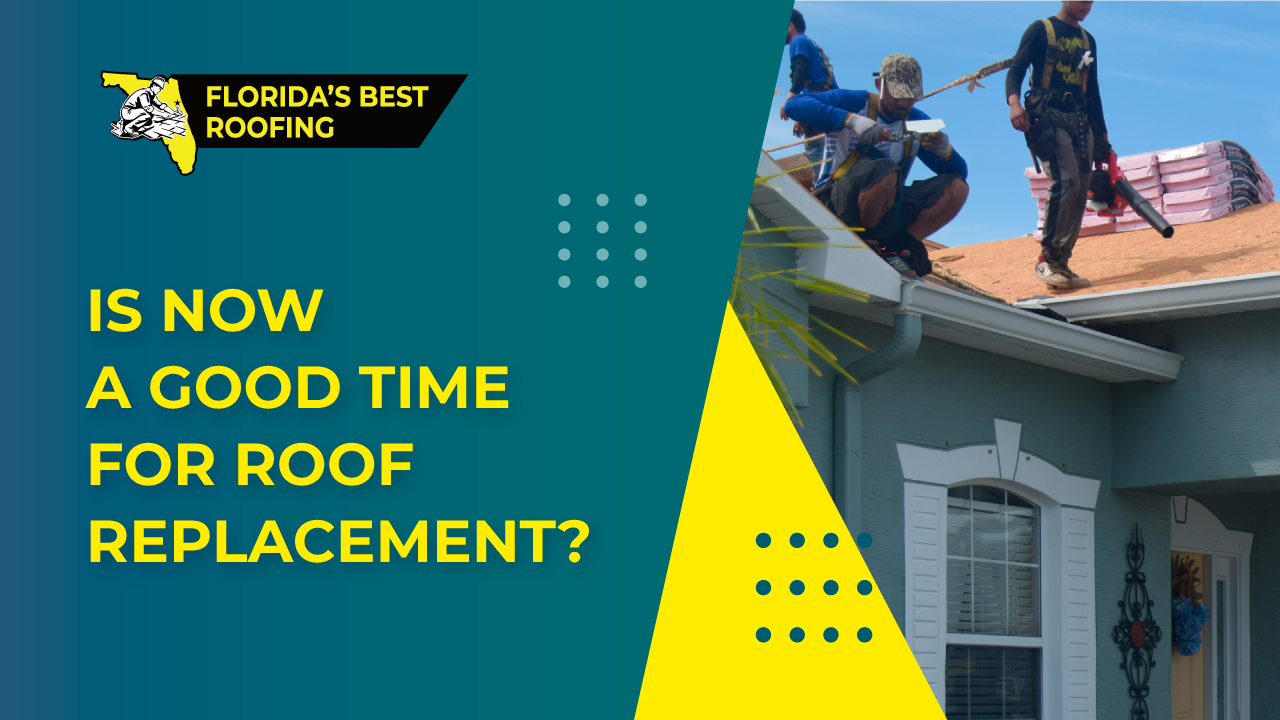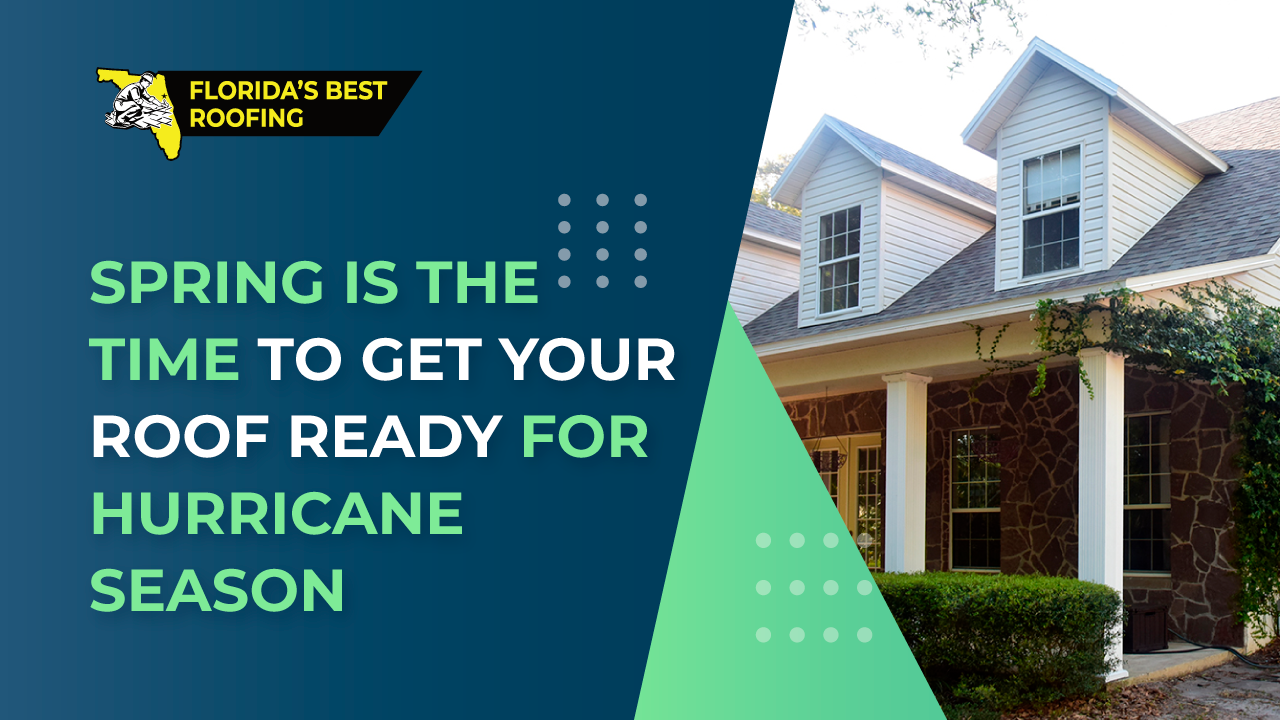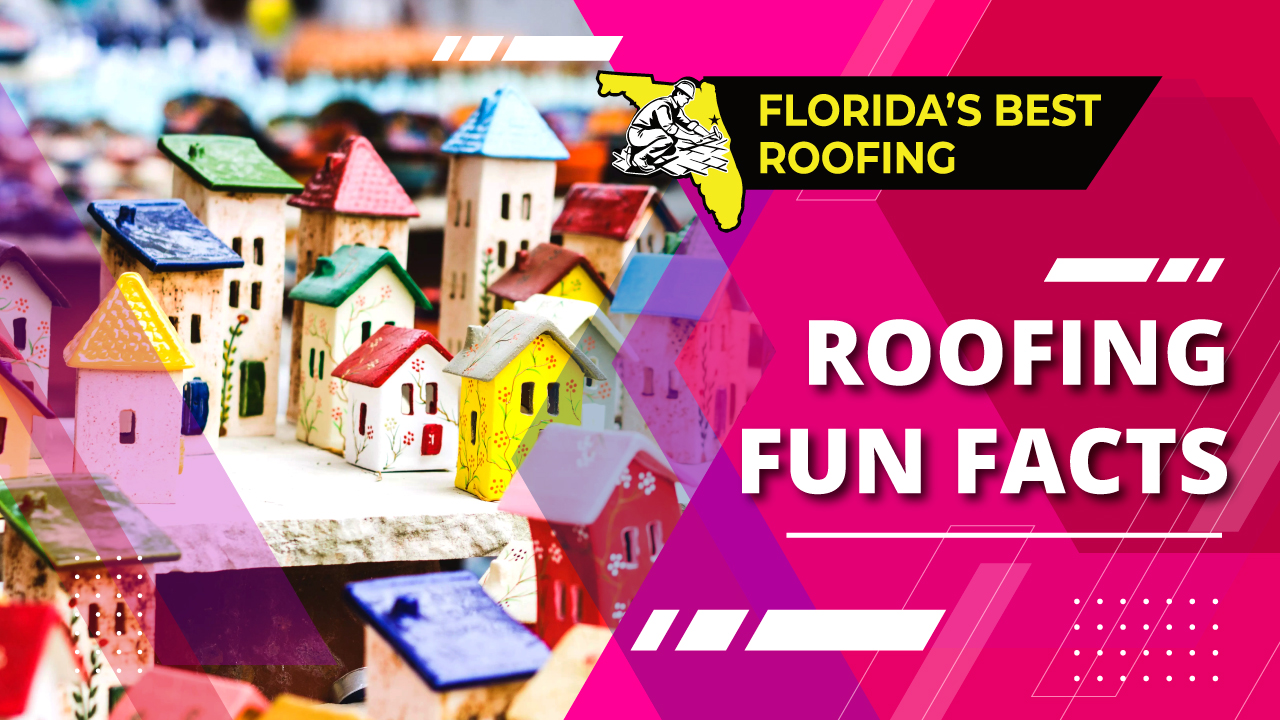Shingle Color: How to Make the Best Choice
When it comes to giving your home a fresh look, one of the most impactful changes you can make is replacing your roof. A new roof not only enhances the aesthetic appeal of your home but also provides essential protection against the elements. However, selecting the right shingle color can be a daunting task. It’s a decision that will influence your home’s appearance for decades to come. In this guide, we’ll explore the factors to consider when choosing a shingle color for your new roof.
- Climate and Location
The first step in choosing the perfect shingle color for your roof is to consider your climate and location. Different regions experience various weather patterns and temperature extremes throughout the year.
In hot climates, lighter-colored shingles are often recommended. Light colors reflect sunlight and heat, helping to keep your home cooler and reduce energy costs. Conversely, in colder climates, darker shingles can help absorb heat and contribute to winter energy efficiency by melting snow and ice.
If you live in an area with frequent rain or high humidity, it’s essential to choose shingles that can resist algae and moss growth. Look for shingles with algae-resistant properties to maintain the appearance and longevity of your roof.
- Architectural Style
The architectural style of your home plays a significant role in determining the ideal shingle color. Different styles have distinct characteristics and color palettes that complement their overall aesthetic. Here are some guidelines to consider:
Traditional Styles (Colonial, Victorian, Cape Cod): These homes often look stunning with classic colors such as charcoal, slate gray, or deep brown. Earthy tones help maintain the timeless appeal of traditional architecture.
Contemporary Styles (Modern, Minimalist): Modern homes tend to be more versatile in terms of shingle color. Consider sleek, neutral shades like black, gray, or beige to achieve a clean and sophisticated look.
Mediterranean Styles (Spanish, Tuscan): Mediterranean-inspired homes can benefit from warm, earthy colors like terracotta, clay, or even a blend of warm tones.
Cottage or Coastal Styles: Coastal homes typically look fantastic with light-colored shingles, such as sandy beige, pale blue, or soft gray, to evoke a seaside feel.
- Neighborhood Aesthetics
While you want your home to stand out, it’s also important to consider the aesthetics of your neighborhood. Take a walk around your community to get a sense of the prevalent roof colors in the area. While you don’t need to match exactly, your choice should harmonize with the overall neighborhood vibe. A wildly contrasting roof color might not be well-received by your neighbors.
- Resale Value
If you foresee selling your home in the future, consider how your choice of shingle color might affect its resale value. Neutral colors tend to have broader appeal and may make your home more attractive to potential buyers. A bold or unconventional color choice might limit your pool of potential buyers.
- Energy Efficiency
Energy efficiency is a growing concern for homeowners. Your choice of shingle color can impact your home’s energy consumption. As mentioned earlier, light-colored shingles reflect more sunlight and heat, which can help lower cooling costs in hot climates. Darker shingles, on the other hand, can absorb heat, making them a better choice for colder climates. Keep your energy efficiency goals in mind when making your selection.
- Material Considerations
Shingle materials also come in different colors, and your choice of material will affect your color options. Here are a few popular shingle materials and their color considerations:
Asphalt Shingles: These are the most common roofing material and are available in a wide range of colors, making them highly versatile.
Wood Shingles: Typically come in natural wood tones like cedar or redwood, which can be beautiful but limit your color options.
Metal Roofing: Available in a variety of colors, including standard shades like gray, black, and white, but also more unique options like copper or aged patina.
Tile or Slate: Often found in earthy tones, these materials may limit your color choices.
- Visualizing Your Choice
Before making your final decision, try to visualize how your chosen shingle color will look on your entire roof. Many roofing manufacturers offer online tools that allow you to upload a photo of your home and experiment with different shingle colors. This can give you a better sense of how your choice will impact your home’s overall appearance.
- Maintenance and Longevity
Consider the maintenance requirements of your chosen shingle color. Lighter colors may show dirt and stains more prominently, requiring more frequent cleaning. Darker colors can fade over time due to exposure to UV rays. Additionally, some shingle colors may have warranties that cover fading or discoloration, so be sure to inquire about this when making your selection.
In conclusion, choosing the right shingle color for your new roof is a significant decision that should take into account climate, architectural style, neighborhood aesthetics, resale value, energy efficiency, material considerations, and maintenance requirements. By carefully considering these factors and visualizing your choice, you can make an informed decision that enhances both the beauty and functionality of your home. Remember that your new roof is a long-term investment, so choose wisely, and you’ll enjoy its benefits for years to come.
If you have any questions about roofs or need a roof repair, we would be happy to help you out. Florida’s Best Roofing, Inc. is a fully licensed (CCC 1325974) and insured, local roofing contractor with decades of experience. If you are interested in roof replacement or repair and you are in the Palm Coast, Flagler, or Volusia area, please give us a call at 386-263-7906 for a free estimate!



